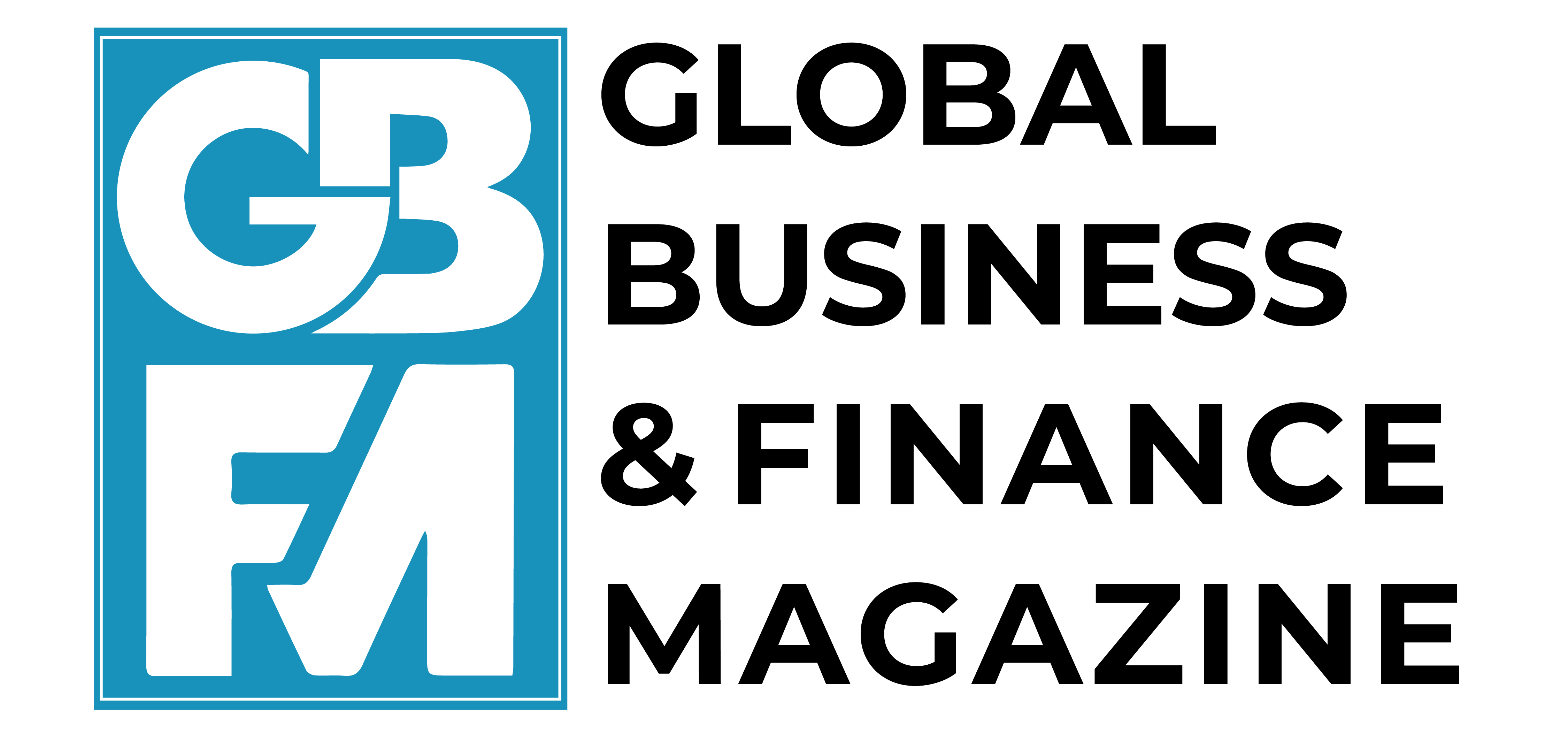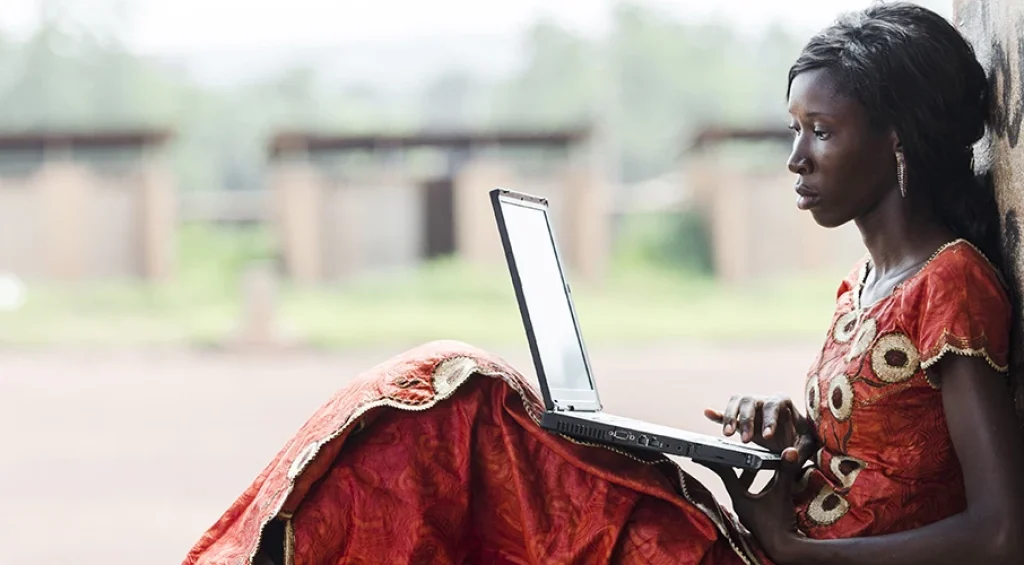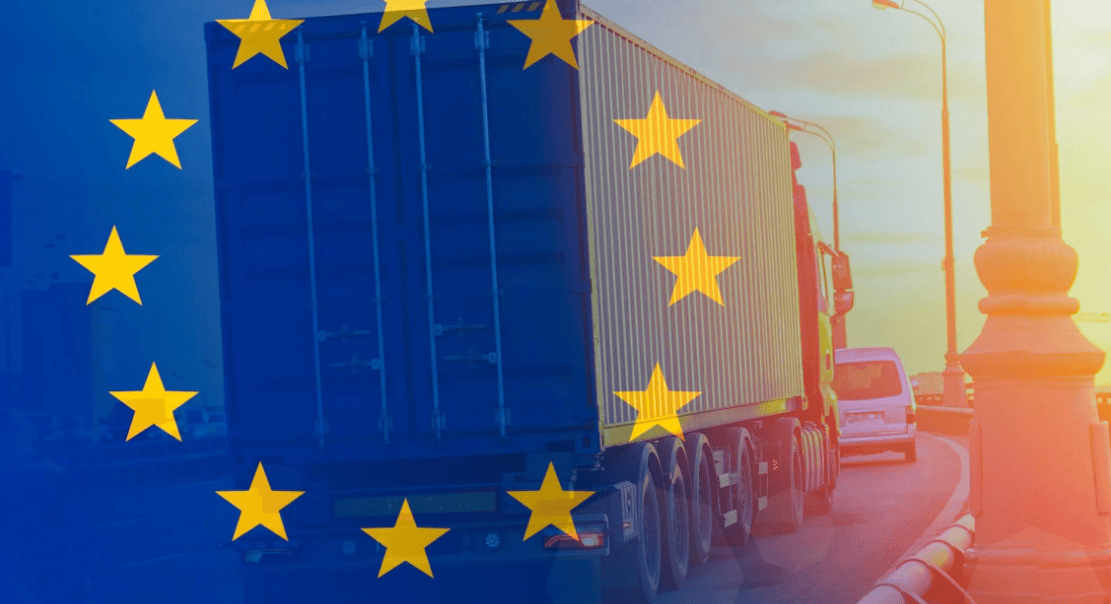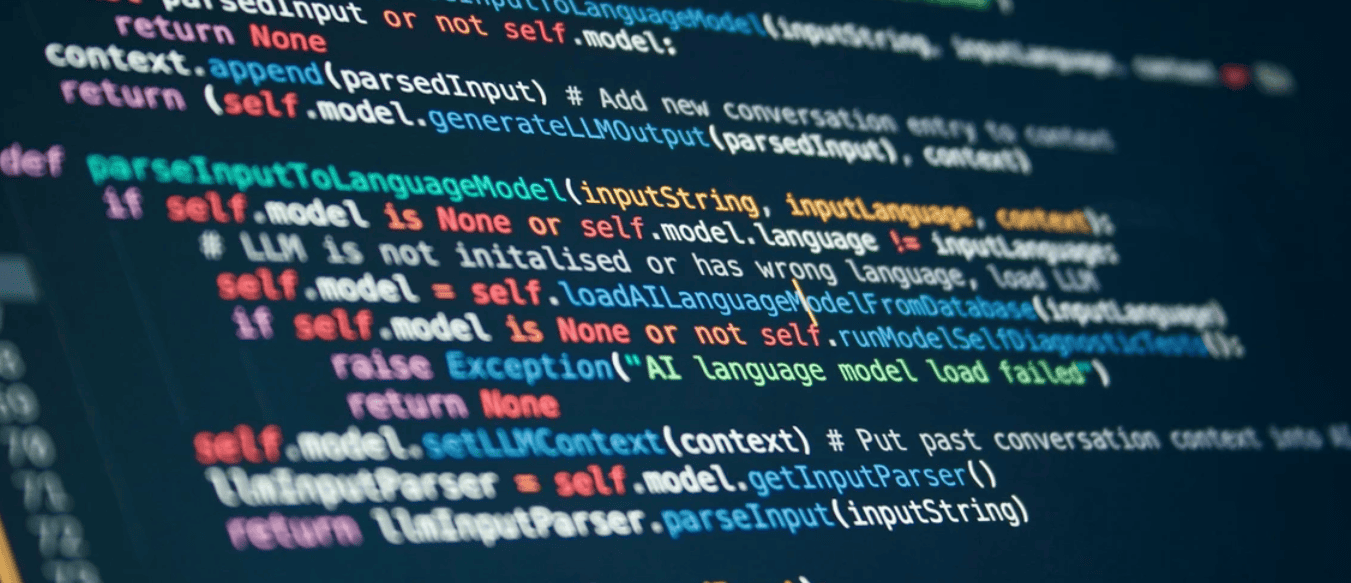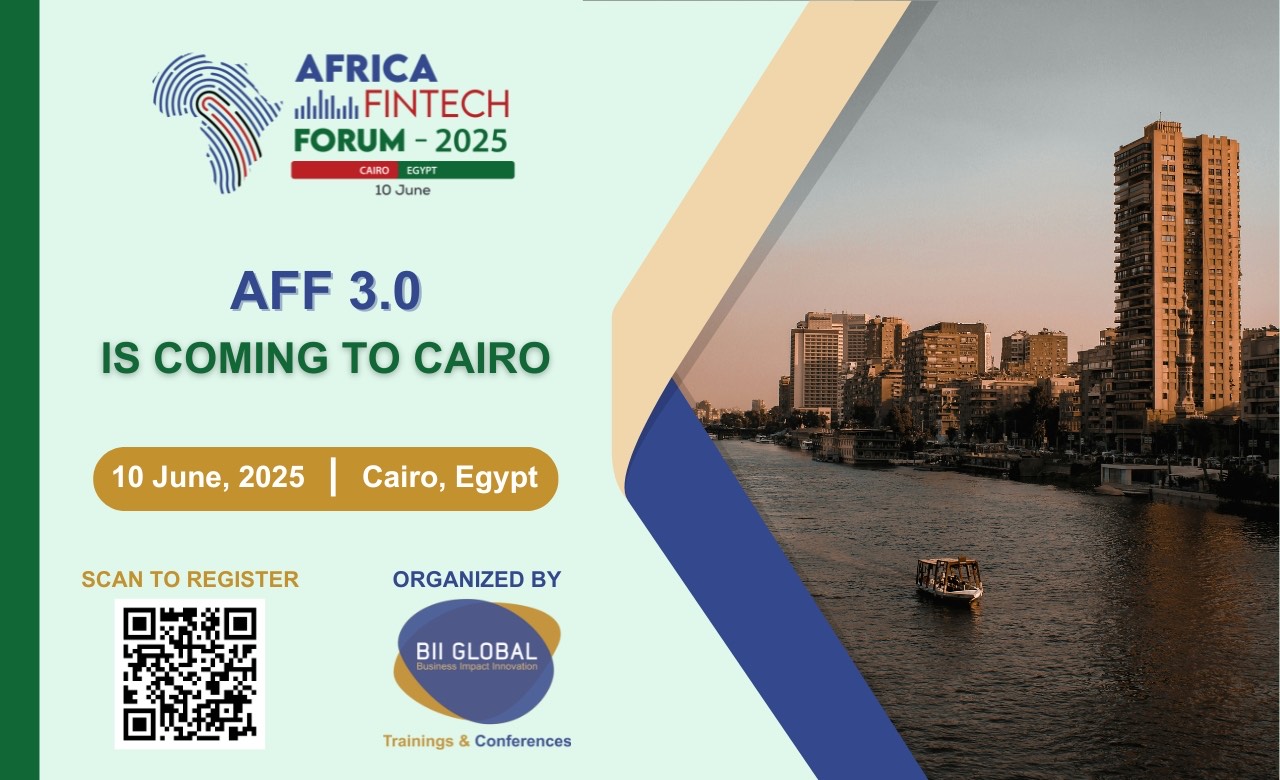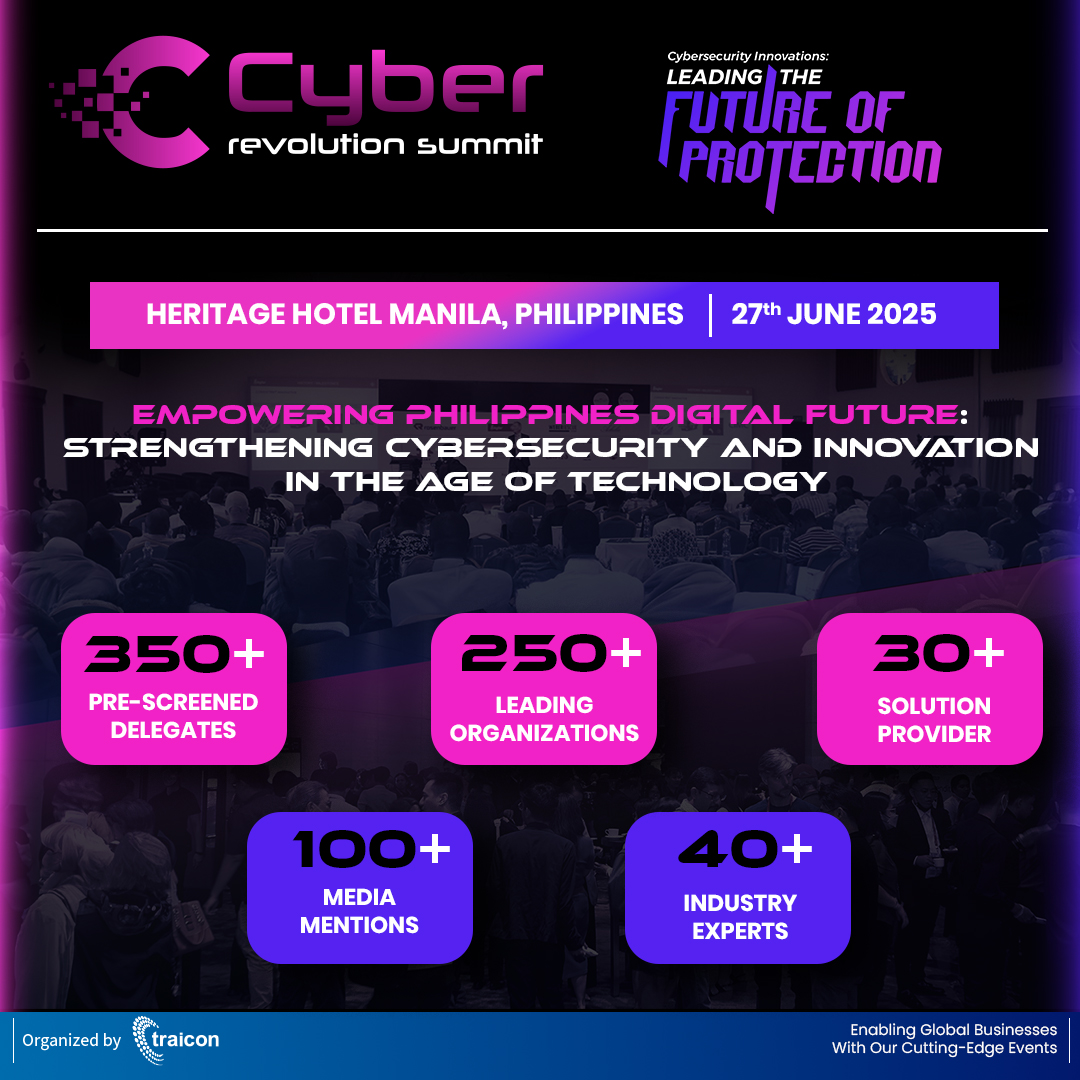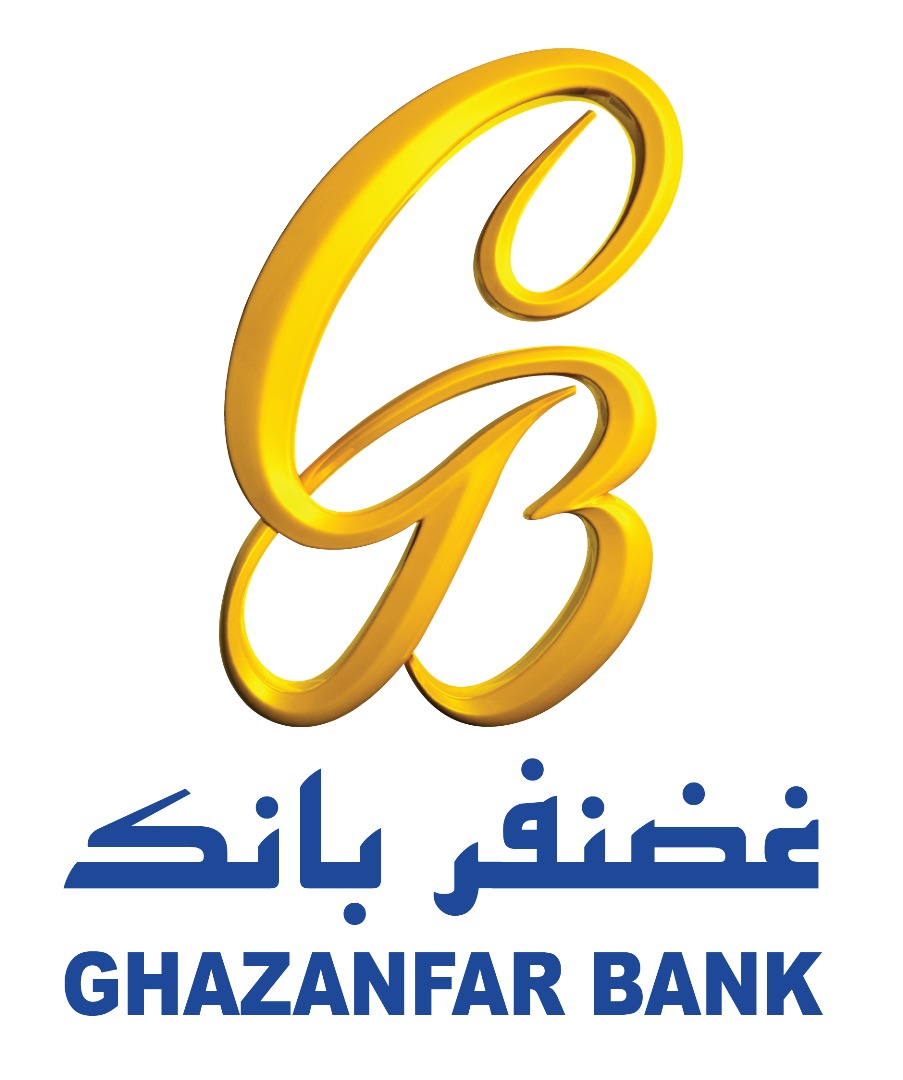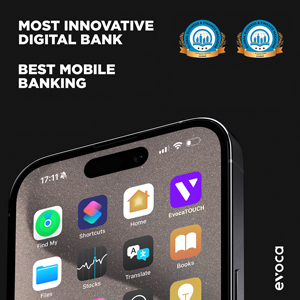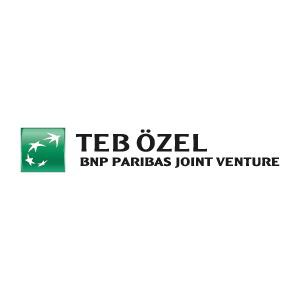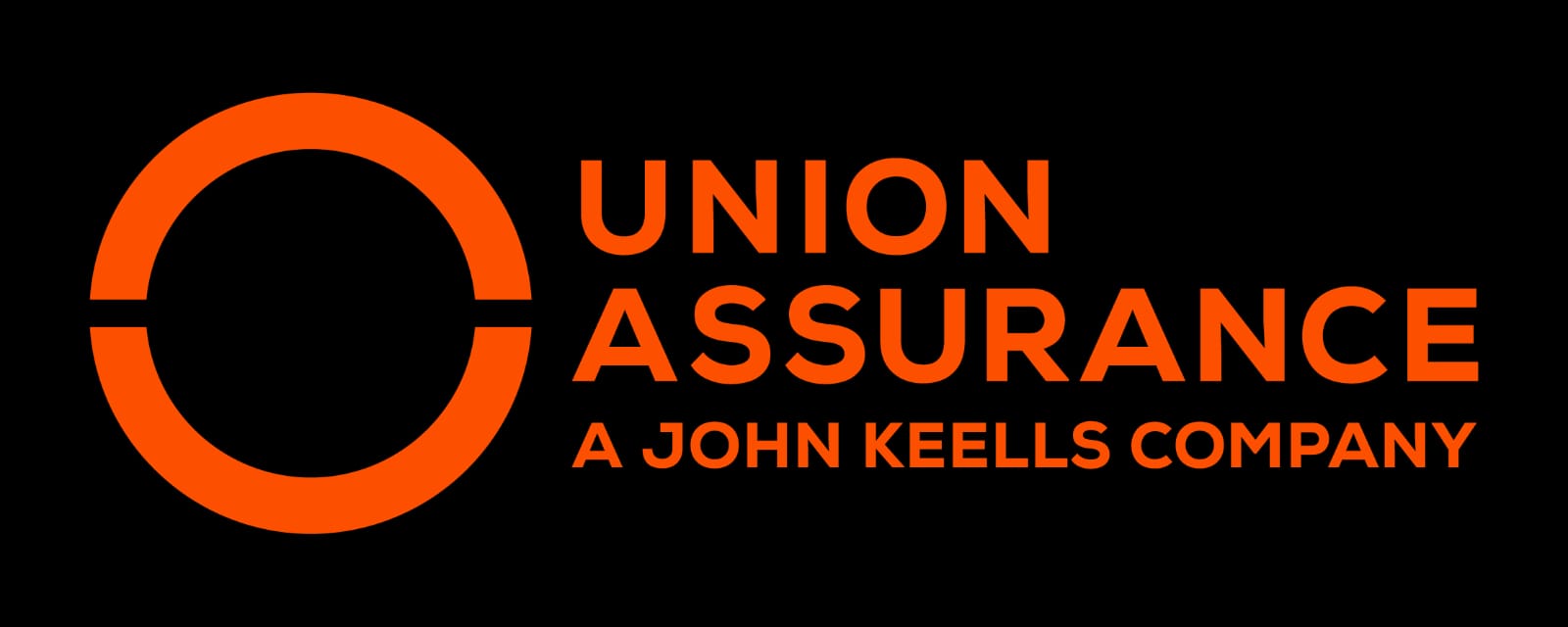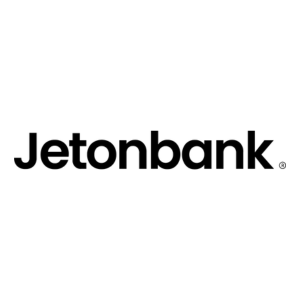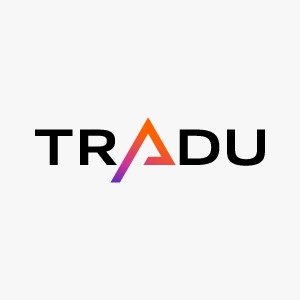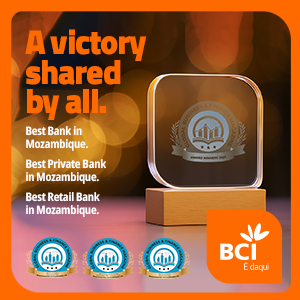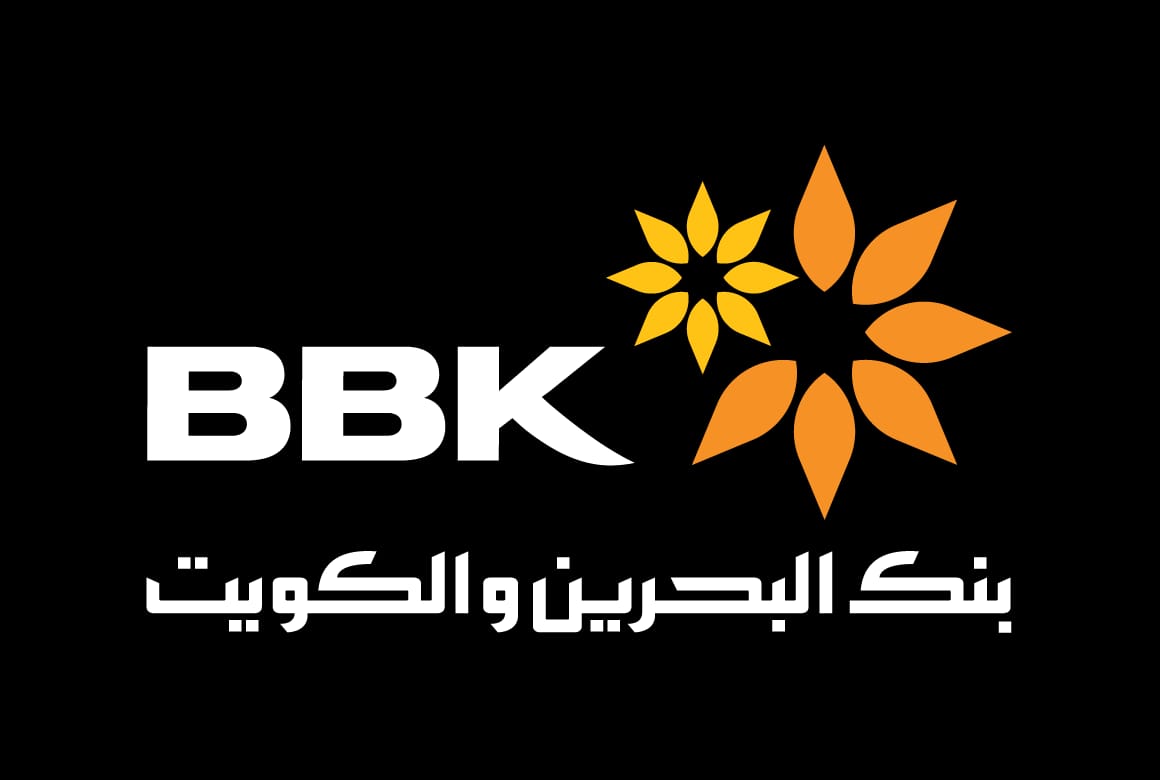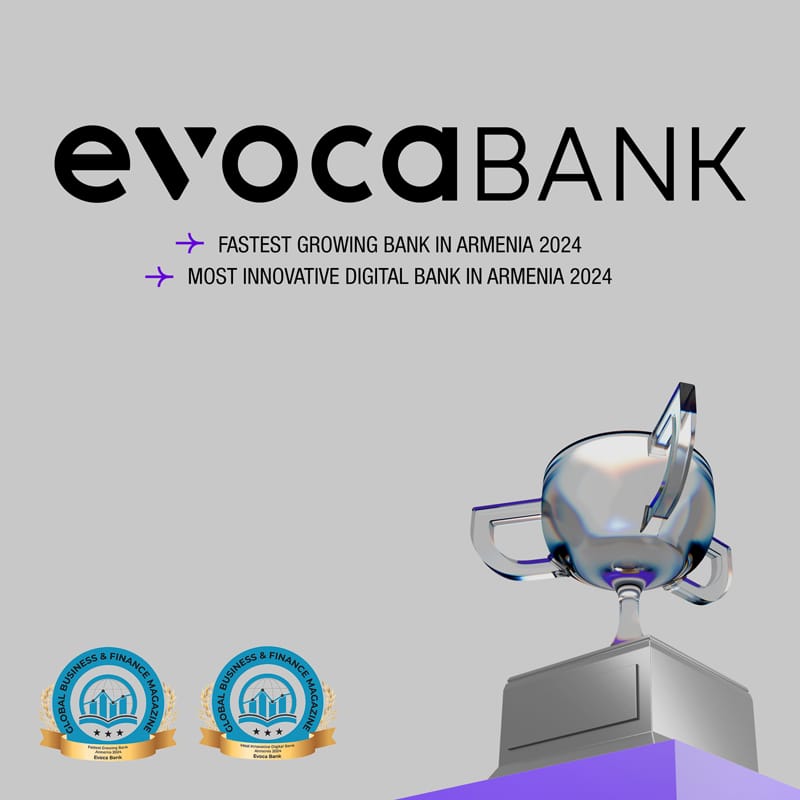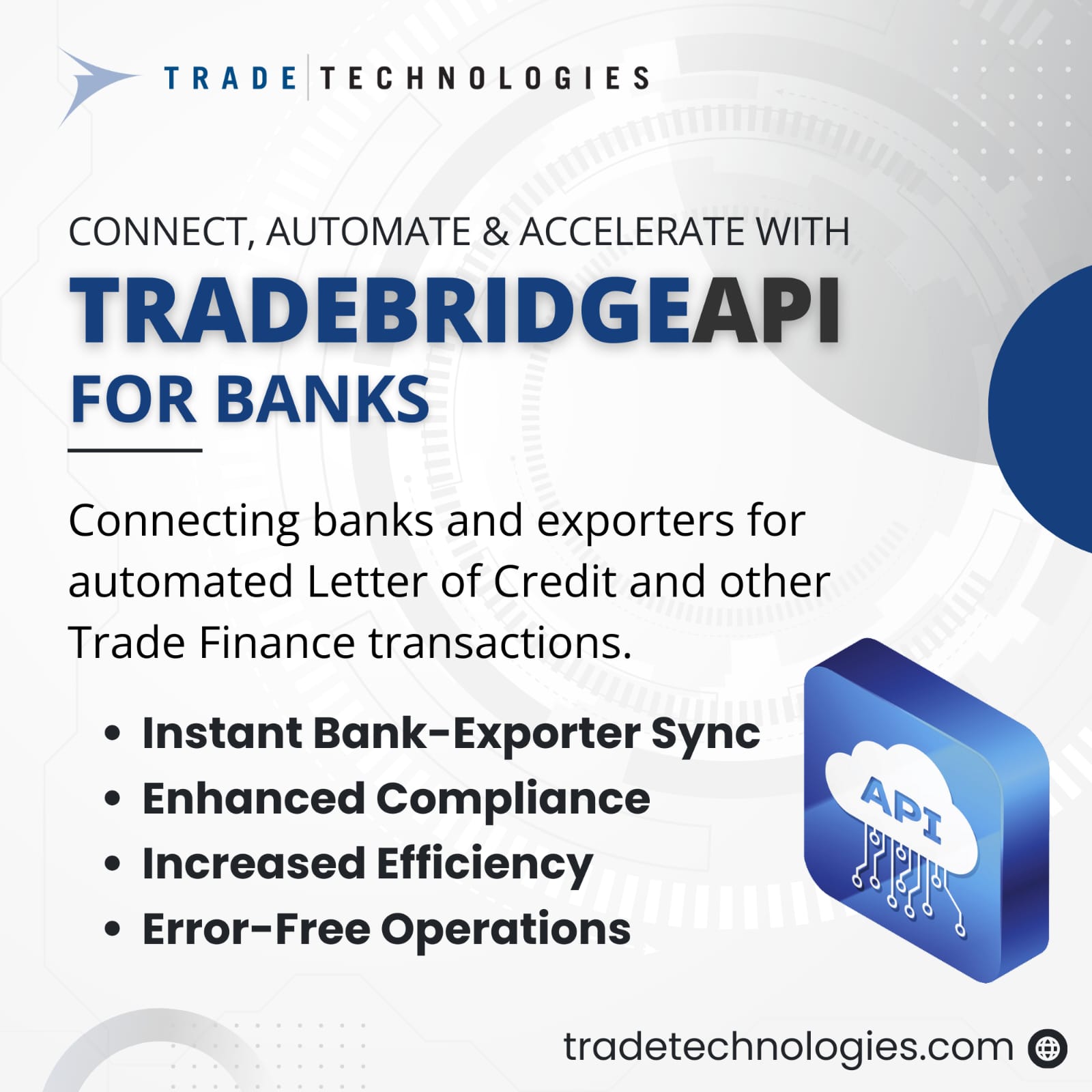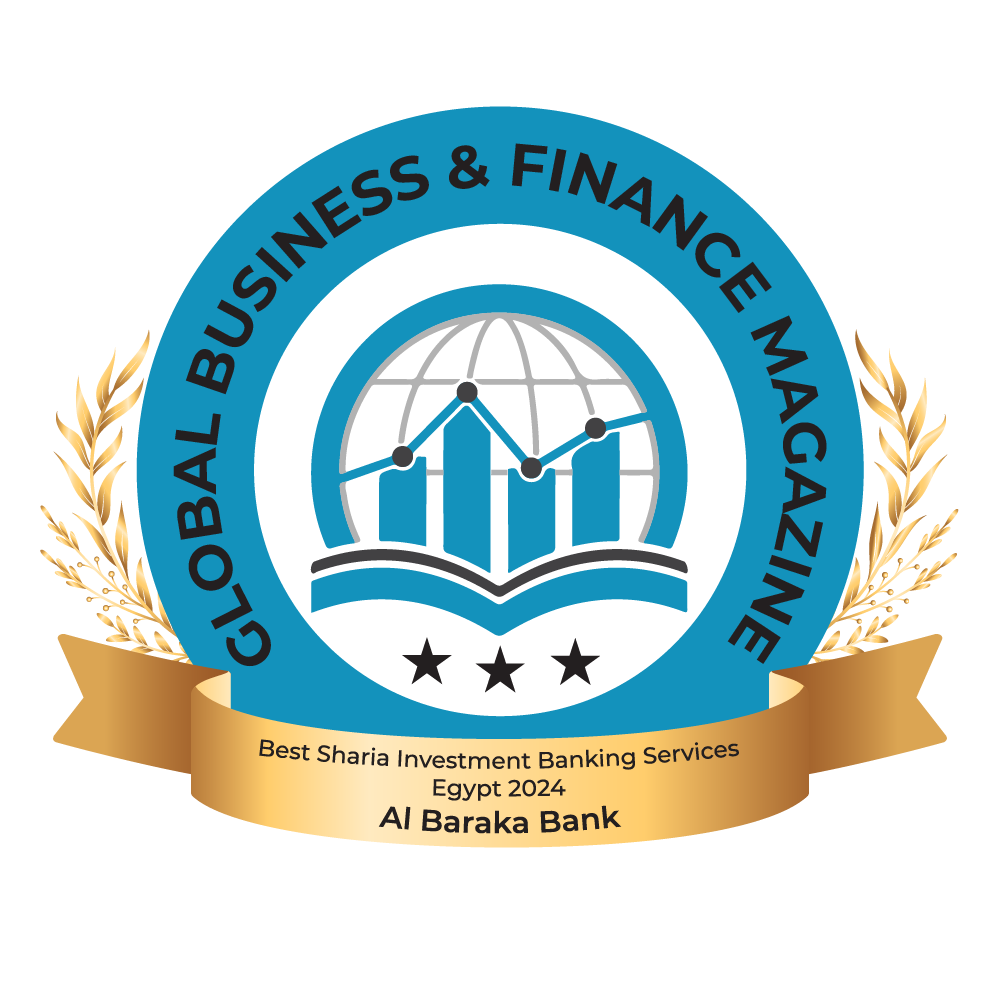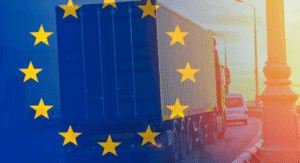Imagine that everyone in Africa, from vendors in the bustling markets of Cairo, to agricultural workers in the remote villages of Kenya, had the power to save, borrow, and spend money with ease. This is the goal of financial inclusion in Africa.
Data from the World Bank’s Global Findex 2021 reveals that while rapid expansion of mobile money has helped drive significant financial inclusion gains in Sub-Saharan Africa, a significant share of adults still rely on cash transactions. Overrepresented among the continent’s financially underserved groups are women and the 400 million young people between the ages of 15 to 35. For these populations and others, access to formal financial services will significantly enhance economic opportunities.
This blog reflects on the Global Findex team’s latest note on financial inclusion in Africa. See the Global Findex Africa page to access and download the entire series, as well as the data set for all the economies of Africa.
Financial inclusion gains momentum
Sub-Saharan Africa is a success story of increased financial inclusion enabled by technology. Across the region, mobile money contributed to a near-doubling of account ownership rates between 2011 and 2022. Its exact role varies across the continent, however. While mobile money has played more of an additive role in some countries—such as South Africa and Egypt—it has been an essential enabler of first-time inclusion in places that began the last decade with low account ownership.
Account ownership has increased in every African region since 2014
Adults with an account (%), 2021/2022
Source: Global Findex 2021
One such country is Senegal. Since the introduction of mobile money, Senegal has seen steady increases of account ownership, such that 56 percent of adults now have an account of any kind. Mobile money account adoption grew faster than bank account ownership between 2014 and 2021. Digital technologies have helped Senegal create better jobs and led to a growth in digitization of workers’ payments.
Trends in digital payments adoption
The ability to make and receive payments directly is a significant motivator for financial inclusion. However, there has been less progress in the use of mobile money accounts to make purchases and pay bills. In Southern Africa, half of adults with an account made digital merchant payments in the 12 months prior to the Global Findex 2021 data collection, with around a third of those payments motivated by the COVID-19 pandemic. In contrast, less than 15 percent of account holders in the other Africa sub-regions made digital merchant payments. As for utility payments, most adults still paid them in cash. Only East and Southern Africa have about half of utility payers using digital methods, while North Africa lags with less than 5 percent.
In Côte d’Ivoire, the World Bank and the Better Than Cash Alliance are supporting the National Financial Inclusion Strategy to advance digital finance by promoting the digitization of merchant and other payments and strengthening consumer protection, regulation, and supervision to create a safer financial environment.
Tackling gender and income disparities
Gender and income disparities persist in financial inclusion. Women are disproportionately unbanked across all regions, with the gap ranging from 7 percent in Southern Africa to 14 percent in North Africa. Additionally, people in the poorest 40 percent of households are significantly less likely to have a bank account compared to those in the wealthiest 60 percent, with the gap ranging from 15 percent in North Africa to 20 percent in East Africa.
Women and adults in low-income households still have unequal access to accounts
Share of adults with no account (%), 2021/2022
| ¹ Poor denotes adults in the poorest 40% of households in a country. ² Red shading represents self-employed adults, orange denotes those out of the workforce. ³ Adults aged 15-24 are classified as young. | Note: The numbers beside the shaded donuts indicate the share of unbanked adults in that group (e.g. women, poor, rural, etc.) for each respective region. To estimate the number of unbanked adults in that group for the region, multiply the group percentage by the regional total written next to the bar chart to the left of the row. Excluded (gray) groups include, respectively: unbanked men; unbanked adults in the richest 60% of households in a country; unbanked urban residents; unbanked adults who are wage employed (or a small number who are unemployed), and unbanked adults who are aged 25+. |
|---|
Source: Global Findex 2021
The path forward
Looking to the next source of progress in financial inclusion in Africa, addressing barriers to access is crucial, as are efforts to bridge gender and income disparities and enhance financial resilience. Digital financial inclusion is central to the African Union’s Women and Youth Financial Economic Inclusion Initiative (WYFEI) 2030, which aims to unlock $100 billion to financially and economically include at least 10 million women and youth by 2030. In addition, the ongoing digitalization of payments offers a promising path forward, with the potential to significantly improve financial inclusion and well-being across the continent.
Data from the forthcoming Global Findex 2025 will provide enhanced insights into the drivers of usage across the globe and the foundational role of connectivity and digital transformation on financial wellbeing. What picture will it paint for Africa? The findings will be crucial in understanding the impact of digital financial inclusion efforts and guiding future strategies to enhance financial access and resilience across the continent.
source : world bank Blogs

